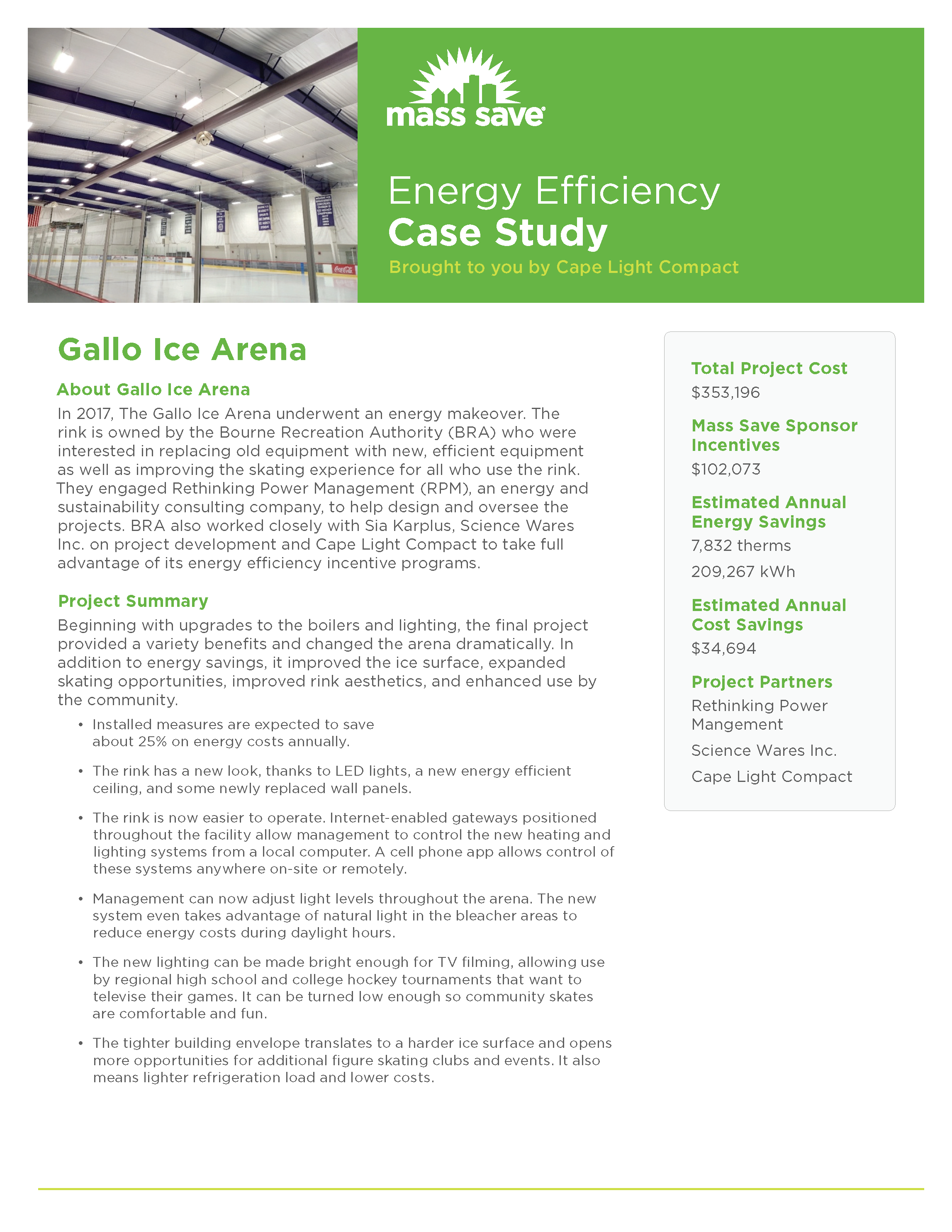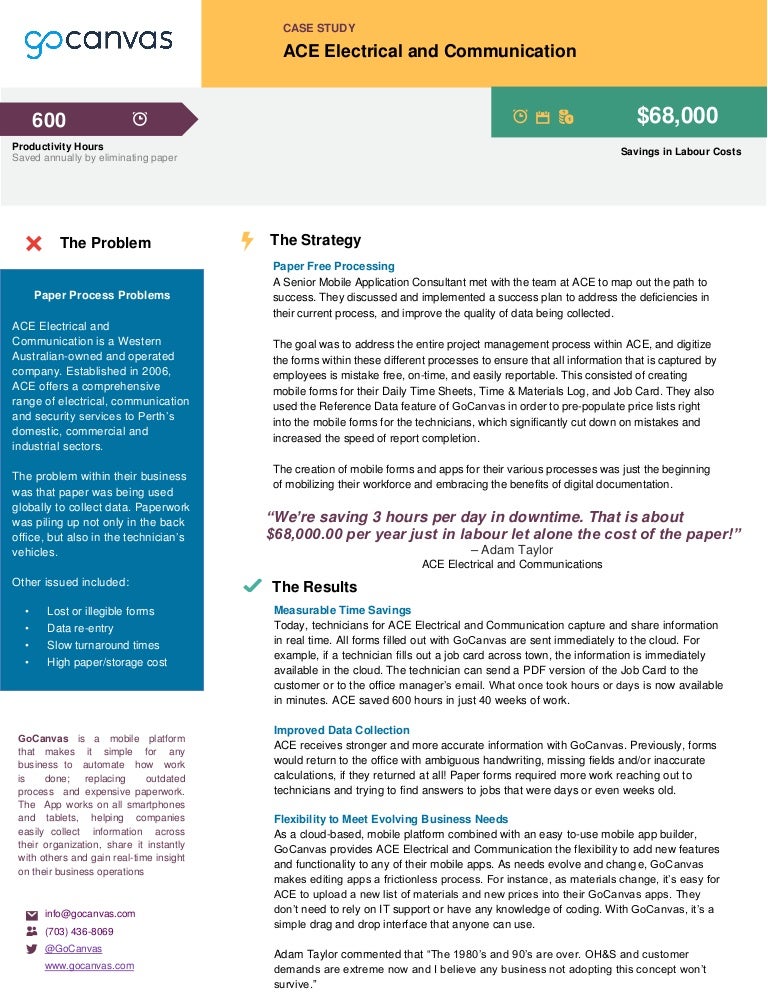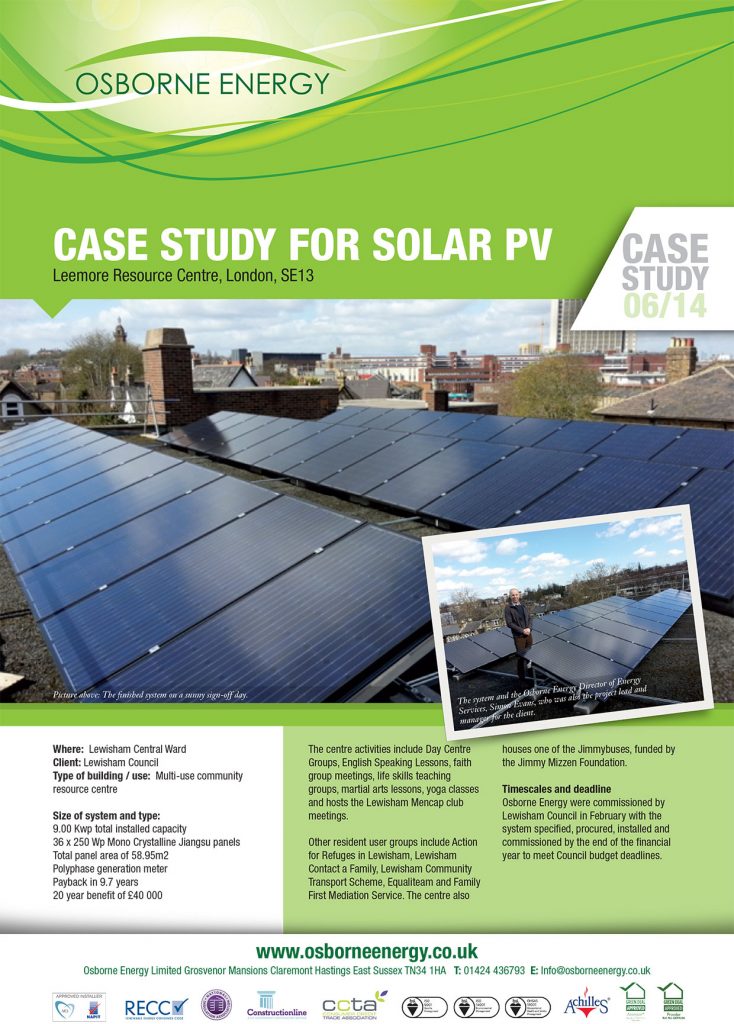Do you ask for 'electricity case study'? All material can be found on this website.
This case study analytic thinking explores the problems and obstacles preventative the General Electric: Major Appliance Business Group, during the 1980s. When Jackass Welch became the CEO in 1981, his vision was to turn GE: Major Appliance Business Group into A world class intersection design and that the company to be adorned equally a world family factory.
Table of contents
- Electricity case study in 2021
- Power company case study
- Power distribution case study
- Reliability case study
- Electrical case study sample
- Case study on power system
- Power system analysis case study topics
- Utilities case study
Electricity case study in 2021
 This picture representes electricity case study.
This picture representes electricity case study.
Power company case study
 This image demonstrates Power company case study.
This image demonstrates Power company case study.
Power distribution case study
 This picture shows Power distribution case study.
This picture shows Power distribution case study.
Reliability case study
 This image demonstrates Reliability case study.
This image demonstrates Reliability case study.
Electrical case study sample
 This picture representes Electrical case study sample.
This picture representes Electrical case study sample.
Case study on power system
 This picture representes Case study on power system.
This picture representes Case study on power system.
Power system analysis case study topics
 This image illustrates Power system analysis case study topics.
This image illustrates Power system analysis case study topics.
Utilities case study
 This picture shows Utilities case study.
This picture shows Utilities case study.
What are some of the socioeconomic outcomes of electricity use?
We studied the connection behaviour and electricity consumption patterns of households and looked at socioeconomic outcomes – such as education, income and health. We also explored the effects of electrification on the uptake of appliances as well as on rural firms and on health centres.
What is the current situation in the solar energy industry?
By early 2018, all of them had conducted their studies and one operator contracted a massive solar farm project that would significantly reduce its energy bill. The current situation is one of financially pressured operators that will find it hard to invest in network upgrades.
How does electricity change the lives of children?
For example, kids’ study time at home increased by between 19 and 44 minutes after nightfall, although the total time children study did not increase. The reason is that children shift their study time from daytime to nighttime, which nonetheless is an important indication for increased flexibility.
What percentage of Rwandans had access to electricity in 2009?
In 2009 only 6% of Rwandans had access to electricity. The government’s aim is to lift this to 70% by 2018. We studied the connection behaviour and electricity consumption patterns of households and looked at socioeconomic outcomes – such as education, income and health.
Last Update: Oct 2021